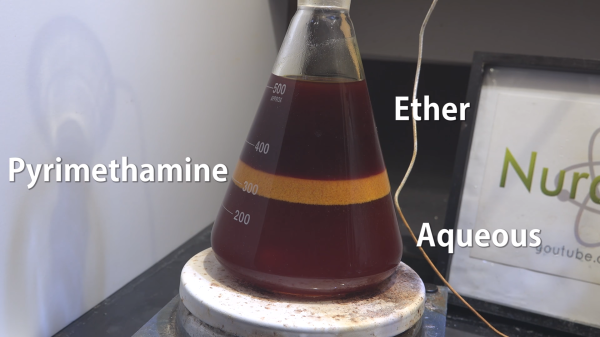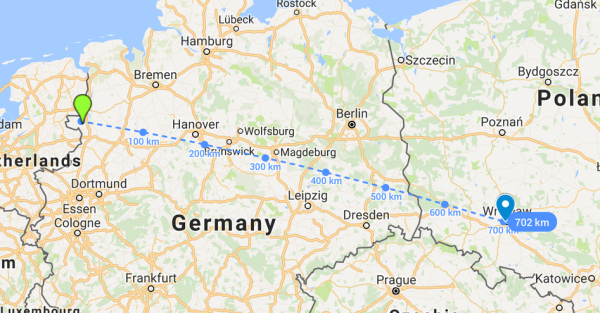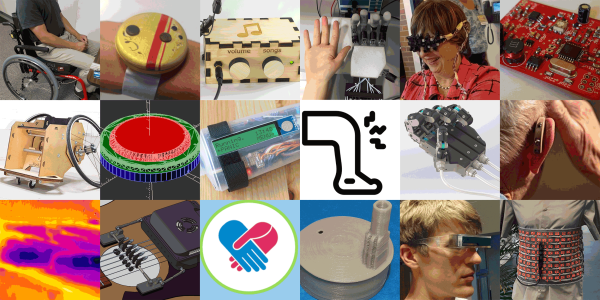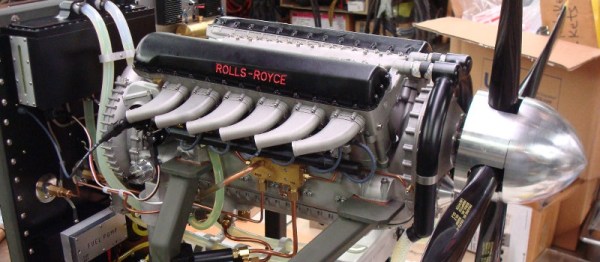Drugs are used the world over to treat disease. However, from time to time, the vagaries of market economics, or unscrupulous action, can radically increase the price of otherwise cheap pharmaceuticals far beyond the reach of the average person. This was the case with Pyrimethamine (sold as Daraprim), which is used to treat toxoplasmosis and malaria, among other users. With the price skyrocketing from $13 to $750 a tablet in the US in 2015, [NurdRage] decided to synthesize the drug on their own. (If you missed the background hubbub, search for “Martin Shkreli”.)
The video linked covers the final synthesis, though [NurdRage] has previously covered the synthesis of the required precursor chemicals. Budding chemists may grow excited, but there are significant hurdles to attempting this synthesis yourself. Chemicals involved are carcinogenic, toxic, acidic, or otherwise dangerous, and a fume hood is a necessity if working inside. Outside of this, there are immense risks in homebrewing pharmaceuticals. Performing the synthesis of an important drug is one thing, but to do so at a medical-grade level where the products are safe for human consumption is on an entirely different level.
Overall, [NurdRage] has put out a series of videos that have strong educational value, showing us what really goes into the production of a common pharmaceutical compound. There’s also something to be said about taking the production of life-saving medicines into one’s own hands in the face of prohibitive treatment costs. In a similar vein, perhaps you’ve considered producing your own insulin in an emergency?
[Thanks to jwrm22 for the tip]



 A couple of weeks ago at an alternative society festival in the Netherlands, a balloon was launched with a LoRaWAN payload on board that was later found to have
A couple of weeks ago at an alternative society festival in the Netherlands, a balloon was launched with a LoRaWAN payload on board that was later found to have 














